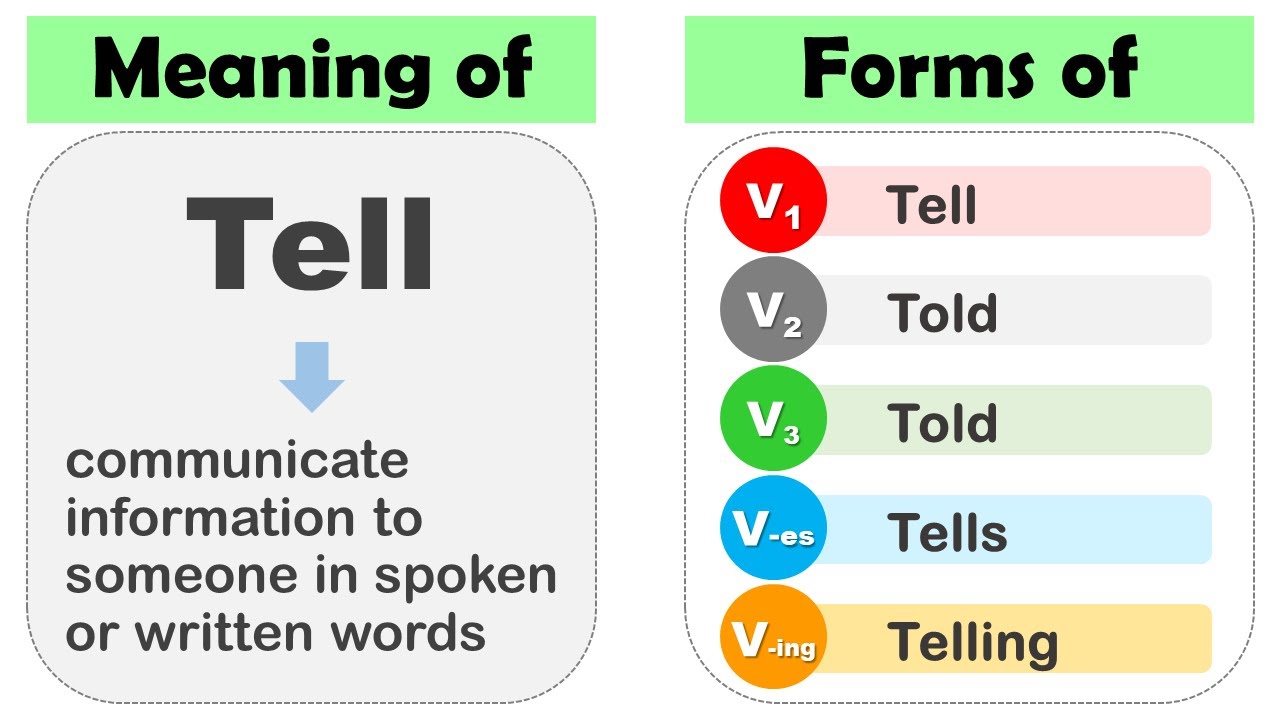News Footage Compensation: What Stations Pay for Video Content
Understand news footage compensation
Television news stations always need fresh video content to tell compelling stories. Whether it’s break news, extreme weather events, or viral moments, stations rely on a mix of staff videographers and external sources to fill their broadcasts. But how much do these outlets really pay for footage?
The answer vary wide base on multiple factors, create a complex marketplace where rates can range from nothing to thousands of dollars for a single clip.
Payment structures for news footage
News stations typically employ several different payment models when acquire footage:
Flat rate payments
Many local news stations operate on a flat rate system, offer a standard fee irrespective of the footage content. These rates typically range from $50 to $$300per clip use in a broadcast. National networks mostly pay more, with rates between $ $250nd $ 1$10 for standard news footage.
A news director at a mid-market station explains” we have a standard rate card that apply to virtually submit footage. It simplifies the process for everyone involve. ”
Tiered payment systems
Some outlets use there systems base on:
- Broadcast market size (local, regional, national, international )
- Usage duration (5 seconds vs. Full minute )
- Exclusivity arrangements
- Rebroadcast rights
Under these systems, a clip might earn $75 for use on a small local station but $$500if air on a national broadcast.
Revenue sharing
Digital platforms and some television networks offer revenue share models, peculiarly for viral content. Under these arrangements, videographers receive a percentage of advertising revenue generate from their footage. While potentially lucrative for genuinely viral content, most clips earn modest amounts through this model.
Licensing agreements
For particularly valuable footage, stations may negotiate licensing agreements that specify:
- Duration of usage rights
- Geographic limitations
- Platform restrictions (broadcast exclusively, digital exclusively, or both )
- Exclusivity periods
These agreements typically result in higher payouts but require more negotiation.
Factors that influence payment rates
Several key factors will determine how much a news station will pay for footage:
Exclusivity
Exclusive footage command premium rates. If you’re the only person who capture a significant event, you hold substantial leverage in negotiations.
” eExclusivefootage of a major news event can eeasilycommand 5 10 times the standard rate” note a content acquisition manager at a national network. ” we’ve paid up of$55,000 for exclusive clips of major break news that no one else have. ”
News value
Content with high news value course command higher rates. Footage of:
- Natural disasters
- Major accidents
- Rare weather phenomena
- Celebrity encounters
- Political incidents
These typically earn more than everyday scenes, careless of technical quality.
Technical quality
While news stations will sometimes will use lower quality footage for break news, professional grade video with good lighting, stable framing, and clear audio typically will command higher rates. HD or 4 k resolution footage broadly earn more than standard definition video.
Market size
Market size importantly impact rates. A local station in a small market might pay $50 100 for footage, while a station in a top 10 market might pay $$200500 for the same clip. National networks like cnCNNfoFox Newsor nbNBCight pay $ $500,000 depend on the content.
Usage rights
Broader usage rights mean higher payments. A one time broadcast usage might pay $100, while unlimited usage across broadcast, digital platforms, and affiliates could pay $$1000 or more.
Timeliness
Break news footage is worth more when it’s fresh. A video of an unfold disaster might command $1,000 + if deliver while the story is ddevelopedbut considerably less if provide after the news cycle has move on.
Typical rate ranges by market
While rates vary wide, these ranges represent typical payments in the current market:
Local news stations (small markets )
- Standard news footage: $25 150
- Exclusive breaking news: $100 500
- Viral / unusual content: $75 300
Local news stations (major markets )
- Standard news footage: $100 300
- Exclusive breaking news: $250 1,000
- Viral / unusual content: $200 750
National networks
- Standard news footage: $250 1,000
- Exclusive breaking news: $1,000 5,000
- Viral / unusual content: $500 3,000
International distribution
- Standard news footage: $500 2,000
- Exclusive breaking news: $2,000 10,000 +
- Viral / unusual content: $1,000 7,500
A freelance videographer who regularly sell to news outlets note,” iIve rreceivedamp little as $50 for routine footage use by a small station and amp much as $$8000 for exclusive footage of a major political incident that go national. ”
The reality of $0 payments
It’s important to acknowledge that many news stations acquire footage without payment through several methods:
Credit only arrangements
Many stations offer on screen credit alternatively of payment, peculiarly to amateur videographers unfamiliar with industry standards. While exposure have value, professionals broadly avoid these arrangements.
Social media licensing
News outlets often use content post on social media platforms under fair use principles or by obtain permission through direct messages. Many content creators grant permission without negotiate payment, not realize they could be compensated.
User generated content platforms
Some stations operate platforms where viewers can submit content with terms that grant the station free usage rights. These platforms typically emphasize community engagement kinda than professional content acquisition.
Footage brokers and agencies
Many videographers work with footage brokers or agencies that handle licensing and negotiations. These intermediaries typically take 30 50 % of the payment but may secure higher rates through establish relationships and negotiation expertise.
Major footage agencies include:
- Scornful
- JunÃn media
- Viral hog
- News flare
These agencies much secure broader distribution, potentially result in multiple payments as different outlets license the content.
Maximize your footage value
If you have newsworthy footage to sell, several strategies can help maximize your compensation:
Know your rights
As the creator of video content, you mechanically own the copyright unless your film while employ as a videographer or have sign rights by. This ownership give you the legal authority to negotiate usage terms.
Act rapidly
Contact news outlets instantly after capture newsworthy footage. News value diminish quickly, peculiarly for break events.

Source: mocktheagency.com
Don’t post publically 1st
Formerly footage is post publically on social media, its value oft decrease importantly as stations may use portions under fair use principles or only ask for free permission.

Source: radiostationmavericks.com
Negotiate exclusivity carefully
Exclusive deals pay more but limit your ability to sell to multiple outlets. Consider time limit exclusivity (24 48 hours )that allow you to sell to other outlets later.
Get agreements in writing
Ever secure write agreements specify payment amounts, usage rights, and timeframes before provide high resolution footage.
Consider multiple markets
Content with regional or national interest can be sold to multiple local stations in different markets if you haven’t grant exclusive rights.
Legal considerations when sell footage
Before sell news footage, be aware of several legal considerations:
Privacy laws
Footage capture in public spaces is loosely legal to sell, but content show private property or record where there be a reasonable expectation of privacy may create liability.
Permission requirements
While general crowd scenes don’t require individual permissions, footage that conspicuously feature identifiable individuals in private contexts may require releases, specially for commercial (kinda than news )usage.
Trespassing concerns
Footage capture while trespassing on private property may create legal issues disregarding of its news value. News organizations may be reluctant to purchase such content.
Copyright infringement
Ensure your footage doesn’t contain copyright material (like music play in the background )that could create clearance issues for broadcasters.
The future of news footage compensation
The market for news footage continue to evolve with several emerge trends:
Citizen journalism platforms
New platforms specifically design to connect amateur videographers with news outlets are created more standardized payment systems and simplify the selling process.
Blockchain base rights management
Some companies are developed blockchain solutions to track usage and automate payments for news content, potentially create more transparent compensation systems.
Subscription models
Some videographers are developed subscription relationships with news outlets, provide regular content for monthly retainers kinda thaone-offff sales.
Drone footage premium
As drone technology become more accessible, aerial footage continue to command premium rates, particularly for events where ground base filming is impractical.
Make informed decisions about your content
Understand the complex market for news footage help content creators make inform decisions about their work. While payment amounts vary dramatically base on numerous factors, knowledge of industry standards provide valuable leverage in negotiations.
For those regularly capture newsworthy events, develop relationships with local news directors, national acquisition editors, or reputable footage agencies can lead to more consistent and favorable compensation arrangements.
Whether you’re an amateur who happen to witness a newsworthy event or a professional videographer, remember that compelling visual content have real value in the news ecosystem — and that value deserve appropriate compensation.
MORE FROM dealdetectivepro.com












